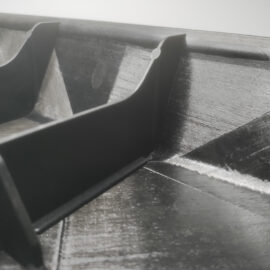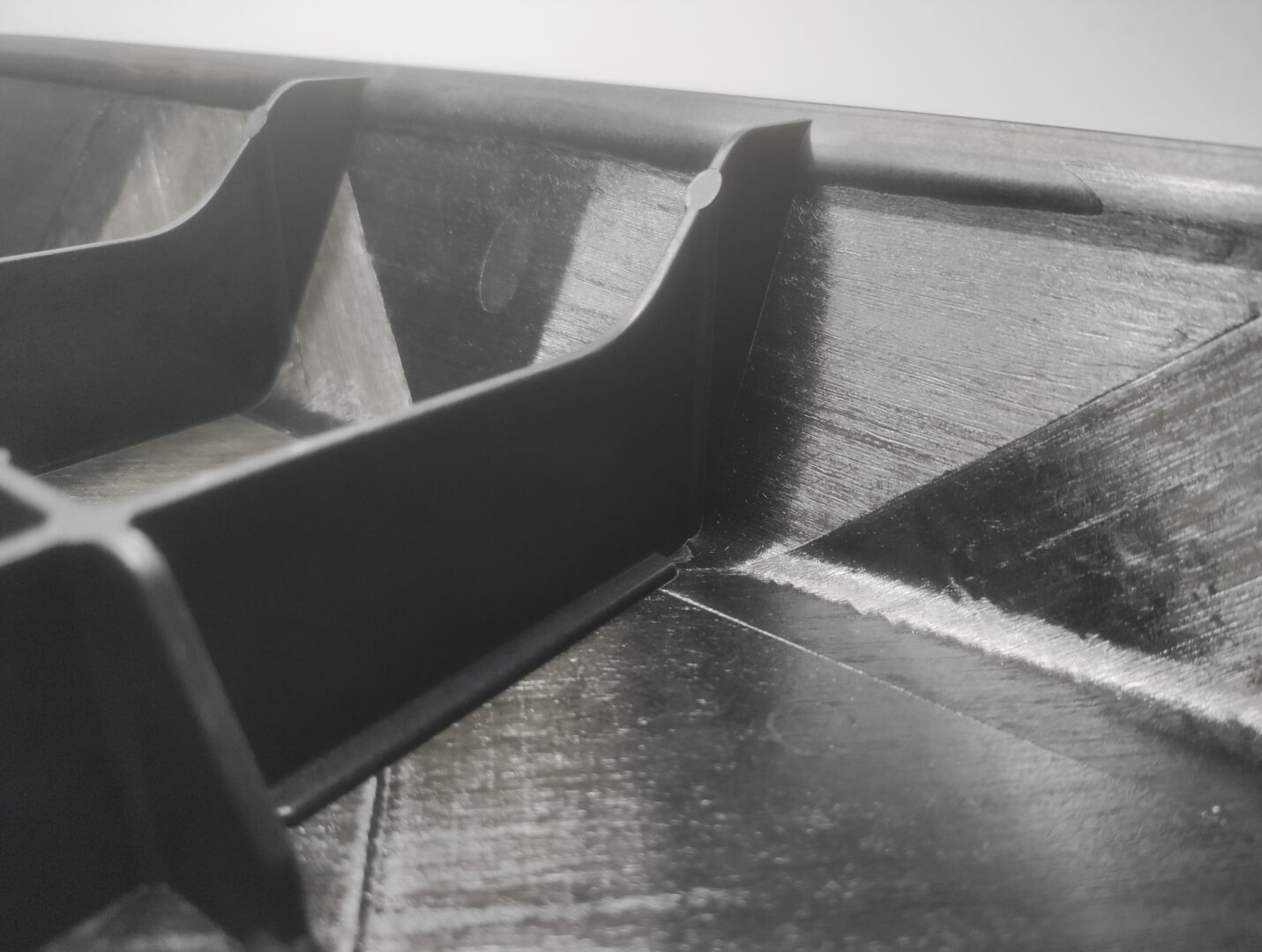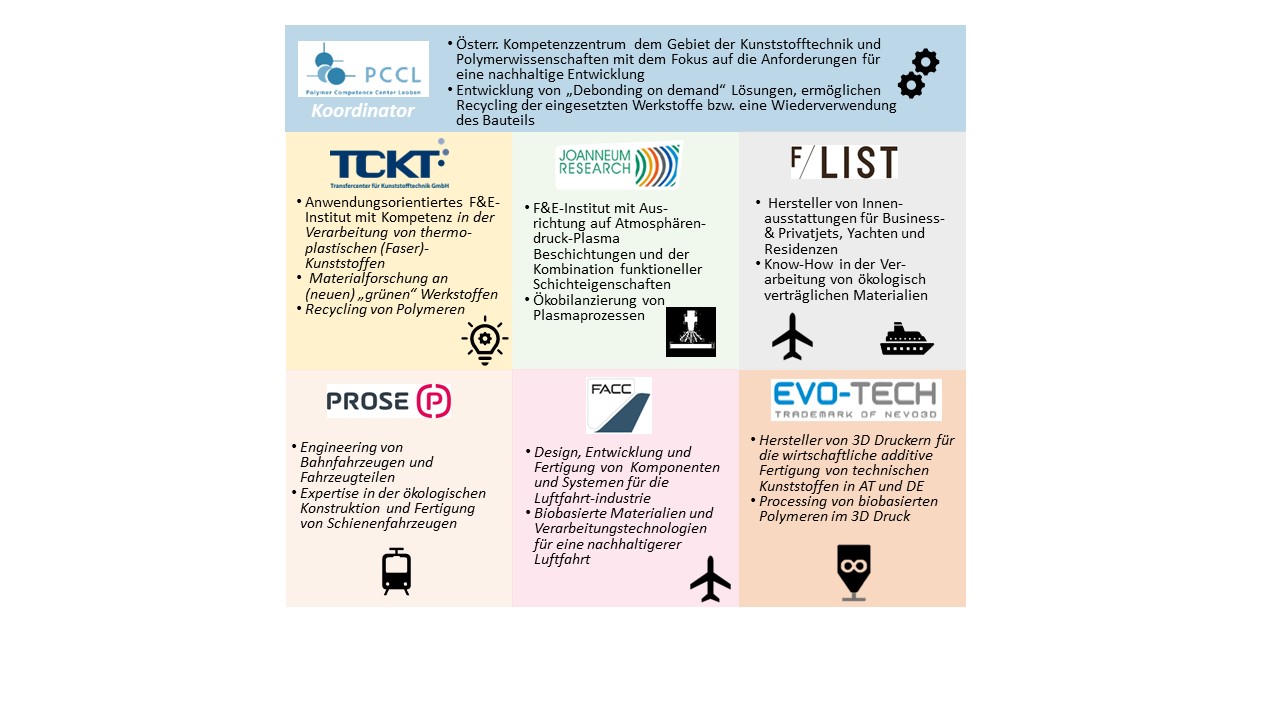
surface4motion
Ultra-lightweight polymer composites with interchangeable surfaces for user-friendly and sustainable mobilityPublic transport will play an increasingly important role in the mobility of the future. On the one hand, this mobility behaviour makes a significant contribution to the success of the mobility turnaround and to the reduction of traffic-related environmental and personal damage. On the other hand, this high intensity of use increases the demands on the durability of surfaces and their functionality in the respective means of transport in order to ensure the well-being and safety of passengers. For example, abrasion and contamination currently often lead to the replacement of the entire component, even though the component behind it is not mechanically damaged. However, the integration of a concept for the simple replacement of surfaces on lightweight composites in the interior of public transport vehicles (e.g. trains and planes) with specific consideration of the requirements for fire protection and service life with the possibility of returning them into (separate) collection and recycling cycles is still missing.
In terms of sustainability and resource conservation, this research project tackles this issue by addressing the development of removable surfaces in the form of a recyclable polymer film equipped with a thin, highly functional coating for reversible application on approved bio-based polymers from hybrid production. This production is based on 3D printing with pellet extrusion and fibre matrix semi-finished products (so called organosheets). Polymers with covalent adaptive crosslinks (vitrimers), which are applied to the film surface, are used for the targeted debonding of the adhesive layer.
Detailed project objectives include, taking into account the technical and legal requirements for rail vehicles and aircraft: (1) targeted material selection, i.e. innovative fire-resistant bio-based thermoplastics for the hybrid production of the ultra-lightweight polymer composite components as well as intrinsically fire-resistant thermoplastics for the carrier film, (2) coordinated processing parameters and derived process-structure-property relationships for reproducible, fast additive manufacturing processes in combination with organosheets, (3) Development of the vitrimer-based adhesive and accompanying application-related characterisation of the adhesive/adhesive bond as well as to investigate the ability to debond on demand, and (4) development of the functional atmospheric pressure plasma surface coating on flexible films by means of a continuous roll-to-roll process to achieve thin high functional coatings and protection against ignition.






